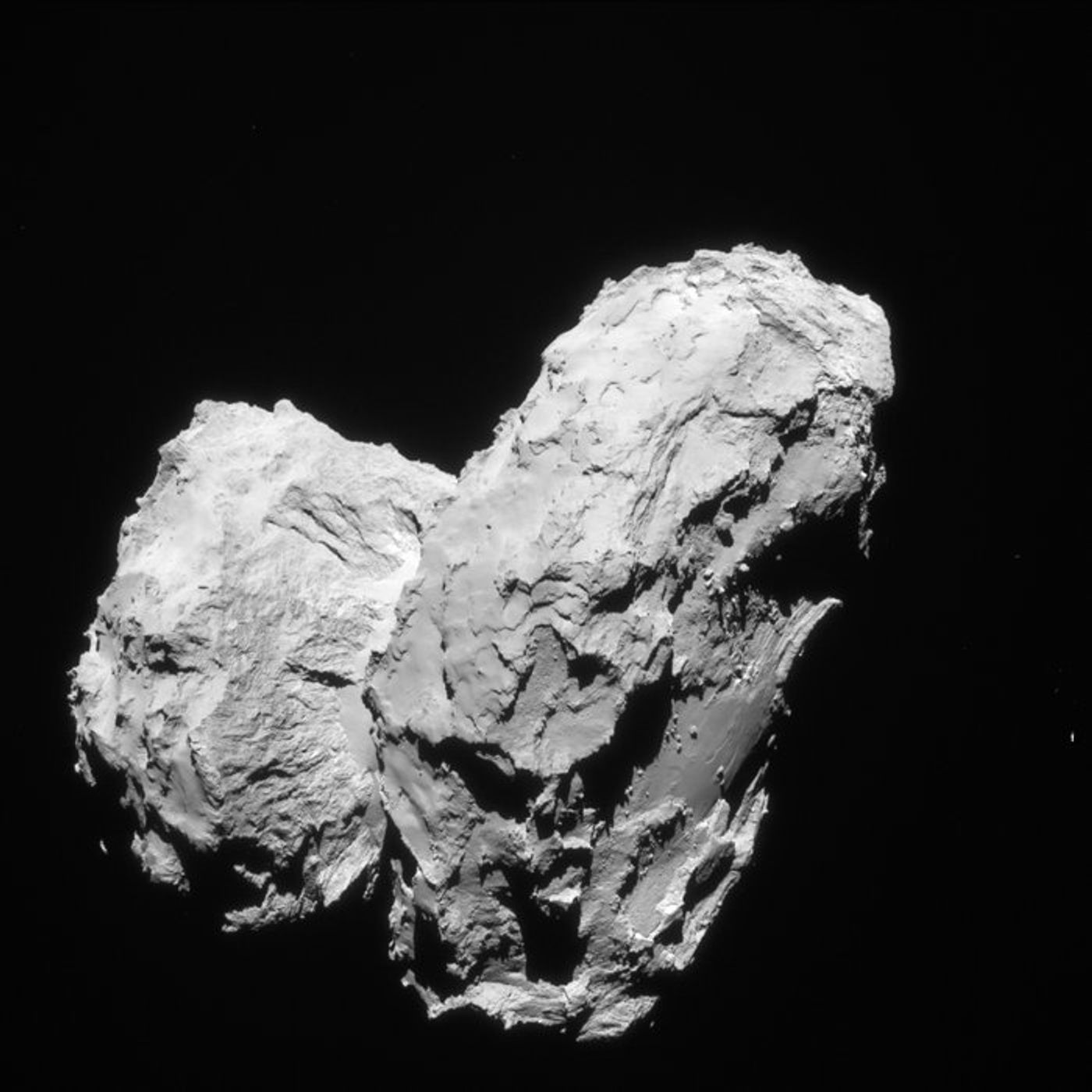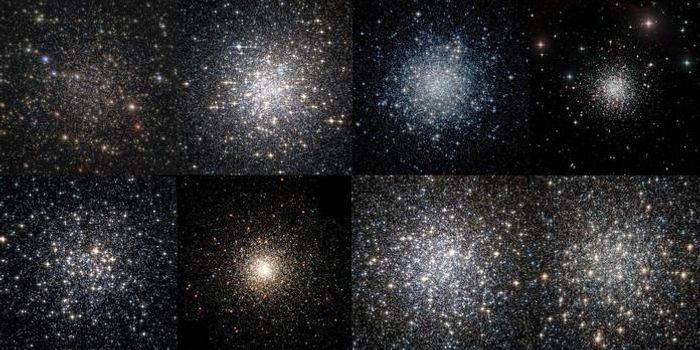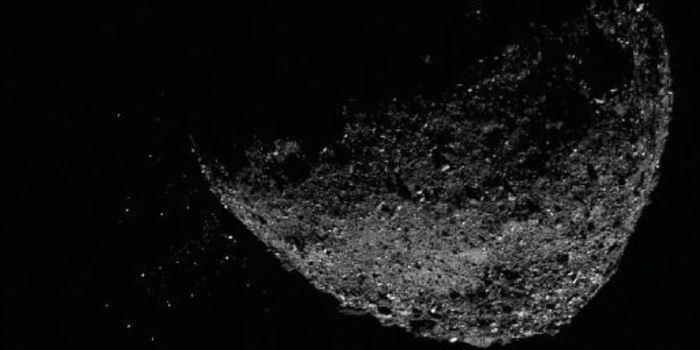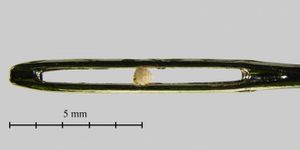This is Why Comet 67P Has Such a Weird Shape
The European Space Agency’s Rosetta spacecraft has been lurking around the comet 67P for some time in the hopes that there would be some kind if discovery aiding scientists and researchers into figuring out more about the formation of our solar system, or perhaps even answering the universal question: Are we alone?
One of the little, or perhaps not-so-little, details of the comet 67P is that it has a very odd double-lobed shape. It’s not round, or oval, but it actually looks like a heart-shaped object created by two separate ovular pieces of rock.
Scientists believe that the double-lobed shape comes from a historic low-speed collision that wasn’t quite forceful enough to conjoin the two spatial bodies into something more uniform, such as a round or ovular shape. Instead, the low speed was just enough to crush the two spatial bodies together in the one spot in such a way that it looks like a heart.
The theory has been formulated based on evidence collected by scientists using high-resolution images taken over the course of the last couple of years. They were studying the makeup of the materials found on the two lobes and found that each one was independent of one another and had separate qualities. This would mean that both pieces of the 67P comet were not always conjoined.
“It is clear from the images that both lobes have an outer envelope of material organised in distinct layers, and we think these extend for several hundred metres below the surface,” says Matteo Massironi, lead author from the University of Padova, Italy, and an associate scientist of the OSIRIS team. “You can imagine the layering a bit like an onion, except in this case we are considering two separate onions of differing size that have grown independently before fusing together.”
The scientists also sampled the layers beneath the surface of the comet, looking at 67P in two separate scenarios – one being that the neck conjoining the two lobes was actually the center of the comet, and the other being that the two separate lobes were once their own separate bodies.
When they sampled the data in these two scenarios, patterns in the layers revealed that the scenario with the two separate lobes being once separate as their own separate bodies had the most evidence for having been the case.
The direction of local gravity, combined with the orientation of material the layer being sampled, are close to perpendicular to the separate lobes, which in terms of physics would be correct, because when you’re talking about gravity, impact material typically forms at 90º angles to the forces of gravity, which each of the lobes would have had before colliding.
Comet 67P isn’t the only comet out there with these kinds of characteristics, but it’s the closest scientists have gotten to studying one up close. The ESA’s Rosetta spacecraft has been probing the comet for some time, and the ESA hopes to continue learning more about its formation so that it can better understand other similar bodies in the solar system. This is the key to understanding the formation of our solar system.
Source: ESA









